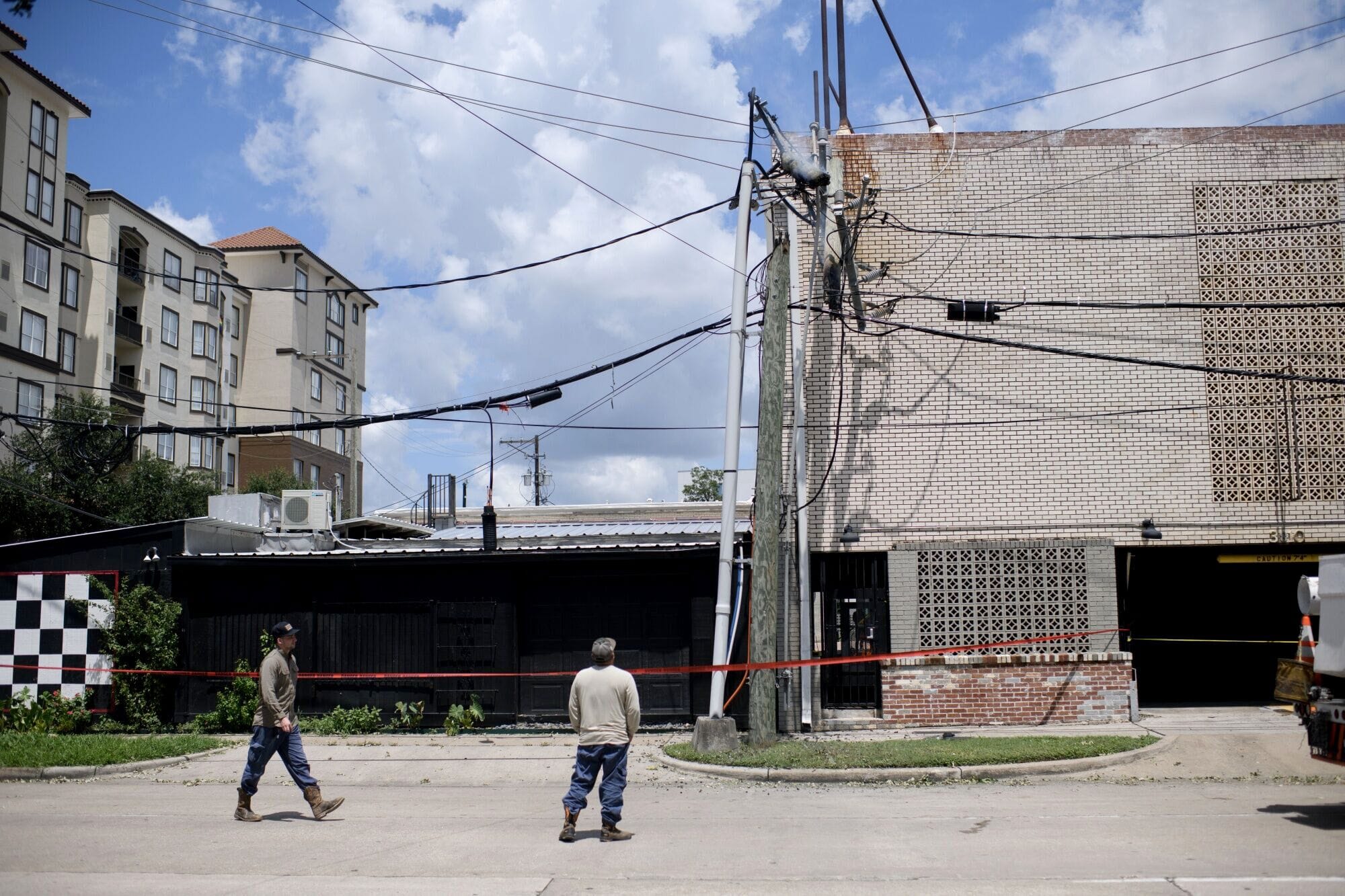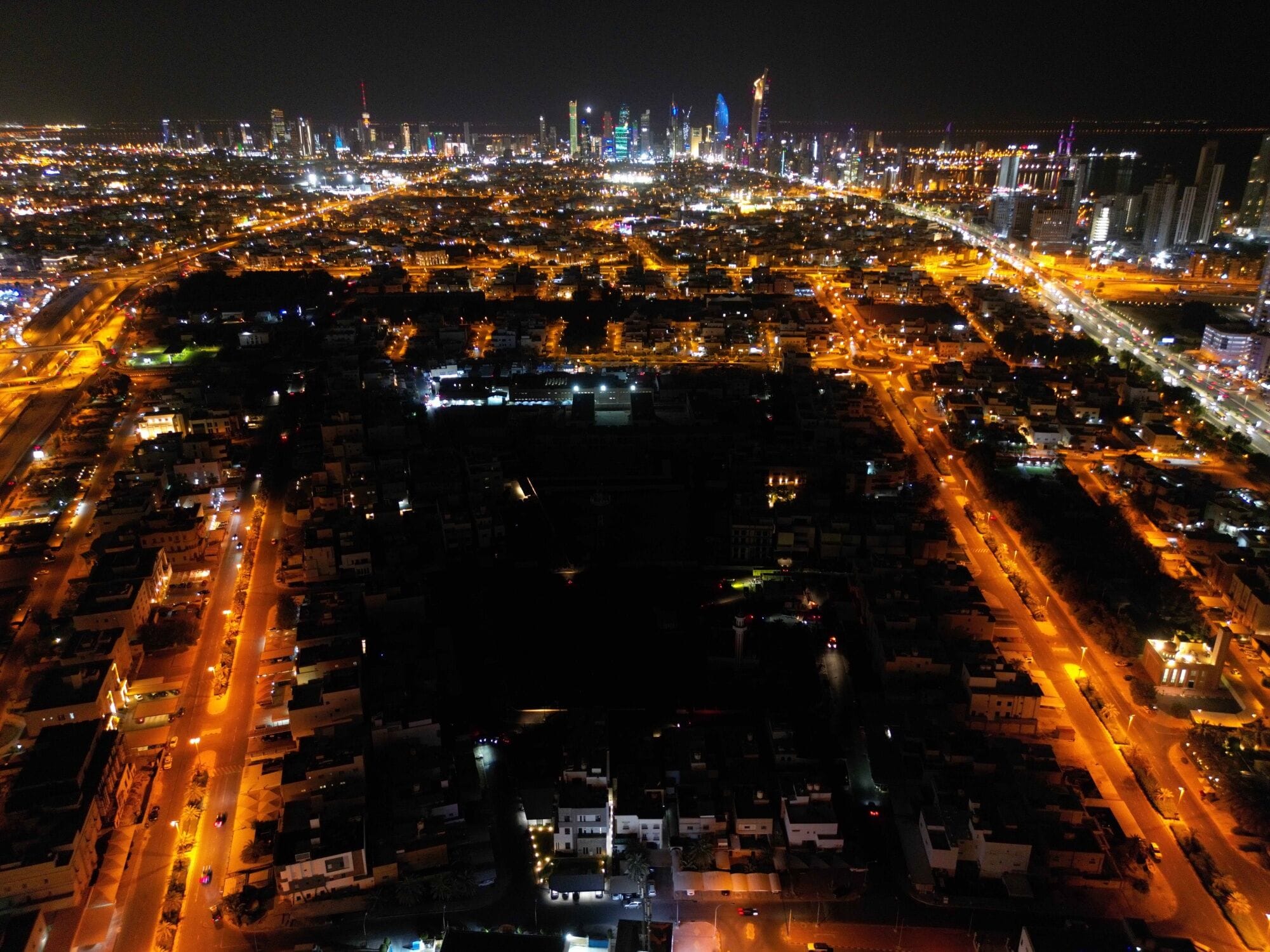You wake up and it's pitch black. Everywhere you look, no lights, no internet, no power, not even the little light from your Wi-Fi router. You're not in a dream; instead, you're living a scene countless citizens across the globe are experiencing as the world's power grids buckle under the unprecedented pressure of climate change.
Our lives have become increasingly dependent on electricity, and thus the reliability of our power grids has never been more critical. Yet, from California to Europe, and across Asia, power outages have become alarmingly frequent. What’s causing these failures, and more importantly, what can be done to prevent a global energy crisis?

Global Power Grids Exacerbated by Climate Change
Under the blazing Adriatic sun, life almost stopped in Montenegro’s capital Podgorica earlier this summer due to a sudden loss of power supply. This incident is part of a larger trend. Hotter summers lead to spikes in cooling demand, causing wires to sag and increasing the risk of forest fires. Efforts to reduce fossil fuel use have made electricity distribution more crucial, yet infrastructure upgrades haven’t kept pace. Blackouts in Montenegro, Houston, Ecuador, and India highlight the growing instability caused by climate change.
The climate crisis exposes electricity networks to extreme weather events, which rip down transmission towers, dry up hydro reservoirs, and spike cooling demands. “The whole power system was built and designed in one climatic era and now is being asked to work in a different climatic era,” says Michael Webber, an energy professor. This mismatch leads to frequent disruptions, straining our power systems and revealing the critical vulnerabilities that climate change imposes on our energy infrastructure.

Trillion Dollar Dilemma
Unstable power grids create broader instability, threatening businesses, political stability, and most importantly, lives. Expanding and modernizing the grid to meet net-zero goals by 2050 will cost about $24.1 trillion, and countries like the US and China face the biggest bills—but no nation is exempt. Poor planning exacerbates these issues, as seen in Kuwait and Albania recently, where rolling outages and grid failures have become common due to extreme heat and inadequate infrastructure.
There's Hope
But despite these challenges, there is still hope. Investing in modernizing our global power grids can create systems that are resilient and adaptable to the demands of a changing climate. This involves upgrading infrastructure, integrating smart technologies like AI, and expanding renewable energy sources. It's a call to action for governments, industries, and communities to collaborate and invest in a sustainable energy future. We can turn this crisis into an opportunity for innovation and progress. With determination and foresight, we can build a world where power outages are a thing of the past, and clean, reliable energy is accessible to all.
Hoping everyone is having a great summer and staying safe - especially with the recent storms and weather events. If you enjoy our weekly articles, consider sharing with anyone you think may benefit or enjoy a weekly view into climate change and how it impacts us.
Best Regards,
Chris








